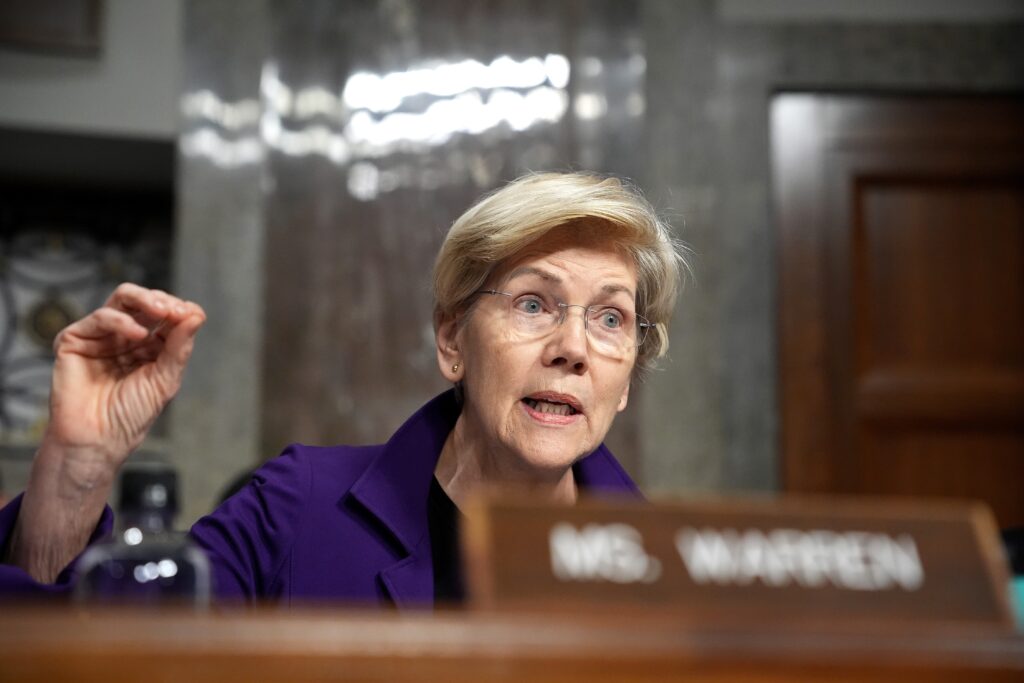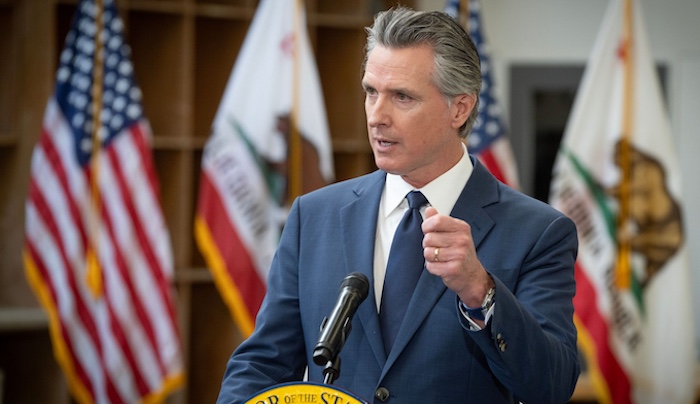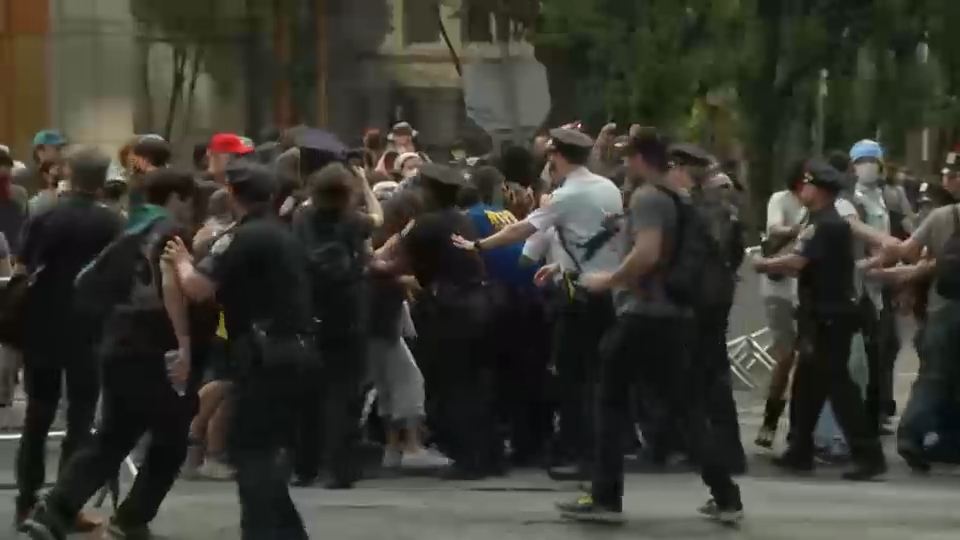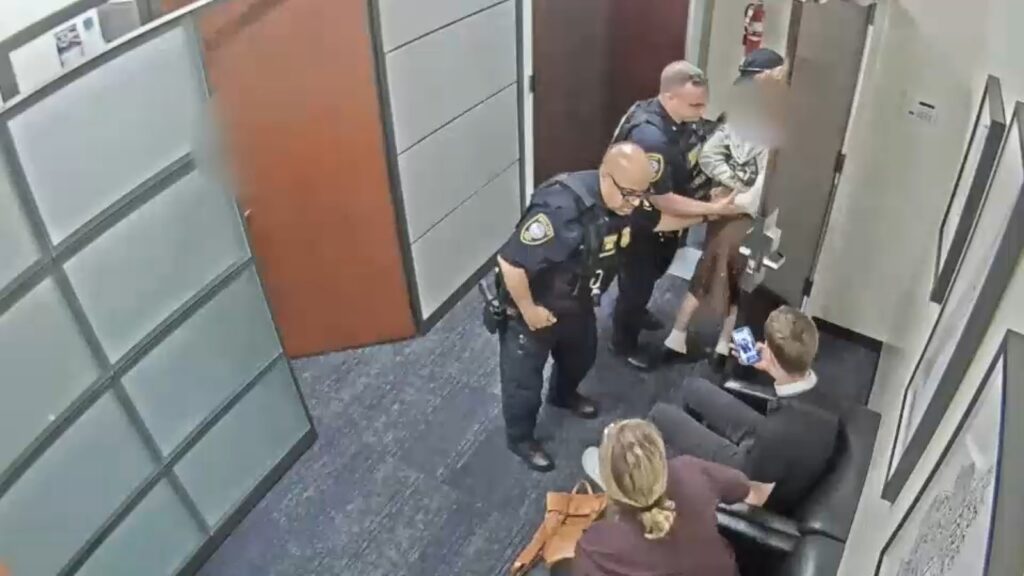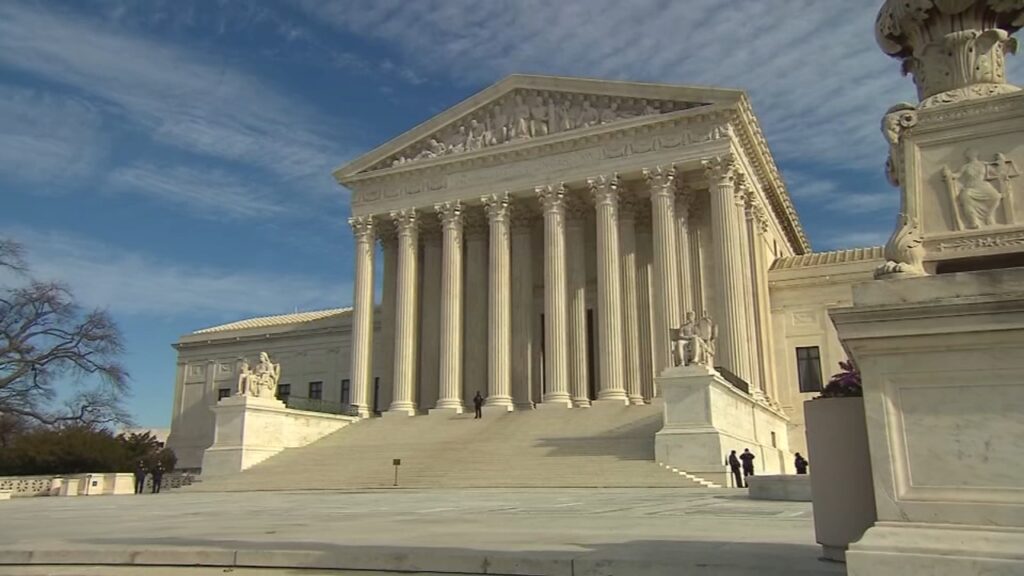While Thursday’s deadly helicopter crash in New York City was a rare occurrence, it highlights a grim reality: when sightseeing helicopters go down, survival is uncommon.
Over the past 40 years, 25 people have died in sightseeing helicopter accidents in New York City. All fatalities have occurred onboard the aircraft—none on the ground—underscoring the high stakes when such incidents happen in densely populated urban areas.
Among the most notable tragedies was a 2018 crash in which five tourists drowned after their helicopter plunged into the East River. Safety harnesses used at the time were later cited as a contributing factor and prompted an industry-wide overhaul. The pilot in that crash survived, as did the pilot in a similar incident in 2011 that killed three tourists aboard a Bell 206—the same model involved in Thursday’s crash.
State Senator Brad Hoylman-Sigal, a vocal critic of non-essential helicopter flights over Manhattan, has long called for tighter restrictions on the city’s airspace. He warned that the latest crash was a near-catastrophe.
“We possibly averted disaster by just minutes,” Hoylman-Sigal said. “If a helicopter experiences trouble over Manhattan, the potential for a far worse outcome is very real.”
The senator is pushing legislation to limit helicopter traffic to essential services such as emergency response, news, and authorized transport. He has also advocated for an outright ban on sightseeing flights, arguing they serve no critical public function.
“There is no justification for allowing tourists and commercial tour operators to occupy our already crowded and sensitive airspace,” he said.
One of the biggest hurdles, Hoylman-Sigal noted, is that the Federal Aviation Administration (FAA) controls airspace above 500 feet, restricting the city and state from passing safety regulations that could make sightseeing operations safer.
However, local governments do have some leverage. They can restrict or deny access to city-owned helipads—something advocates for tighter controls have long demanded, especially amid growing complaints about noise, pollution, and public safety risks.
Calls for reform have resurfaced in the wake of this latest tragedy, renewing the debate over whether the city should continue to permit tourist helicopter flights at all.


